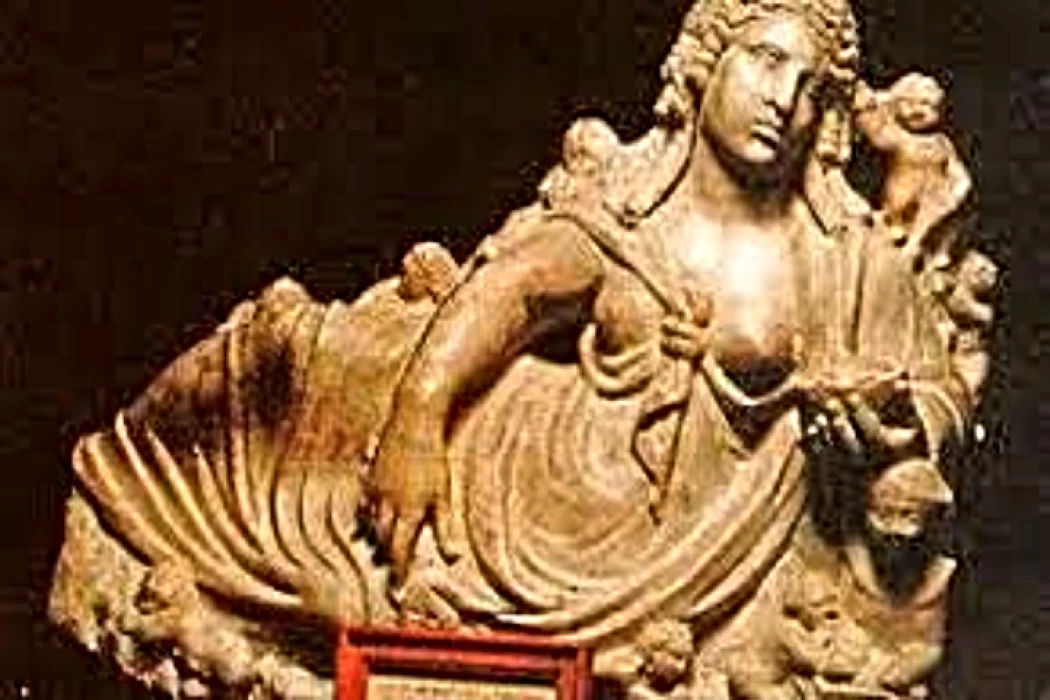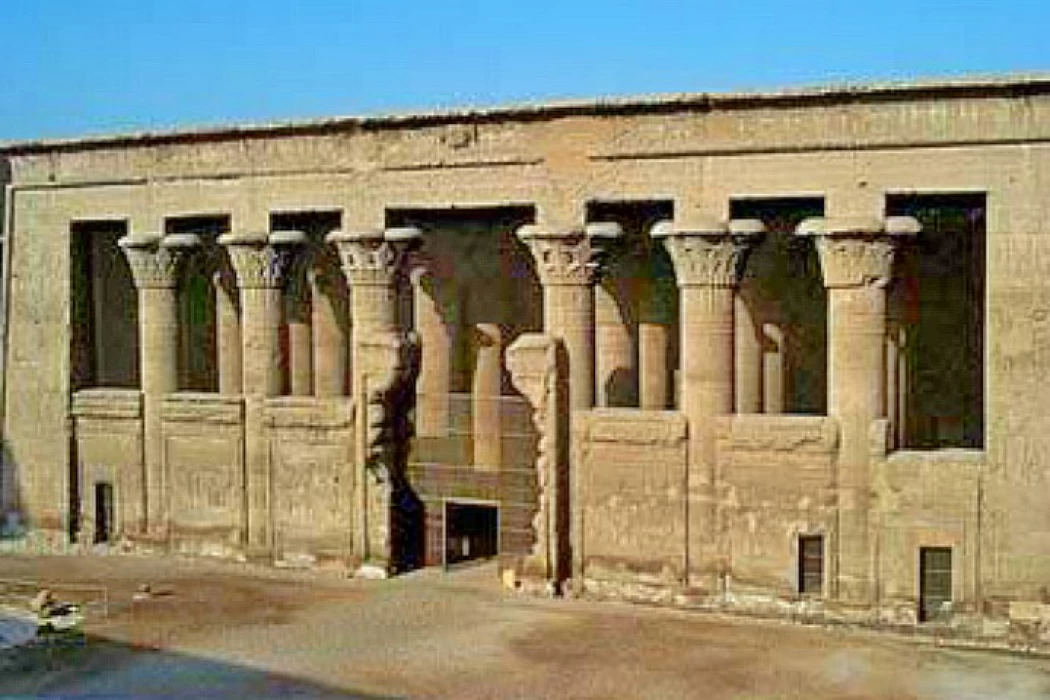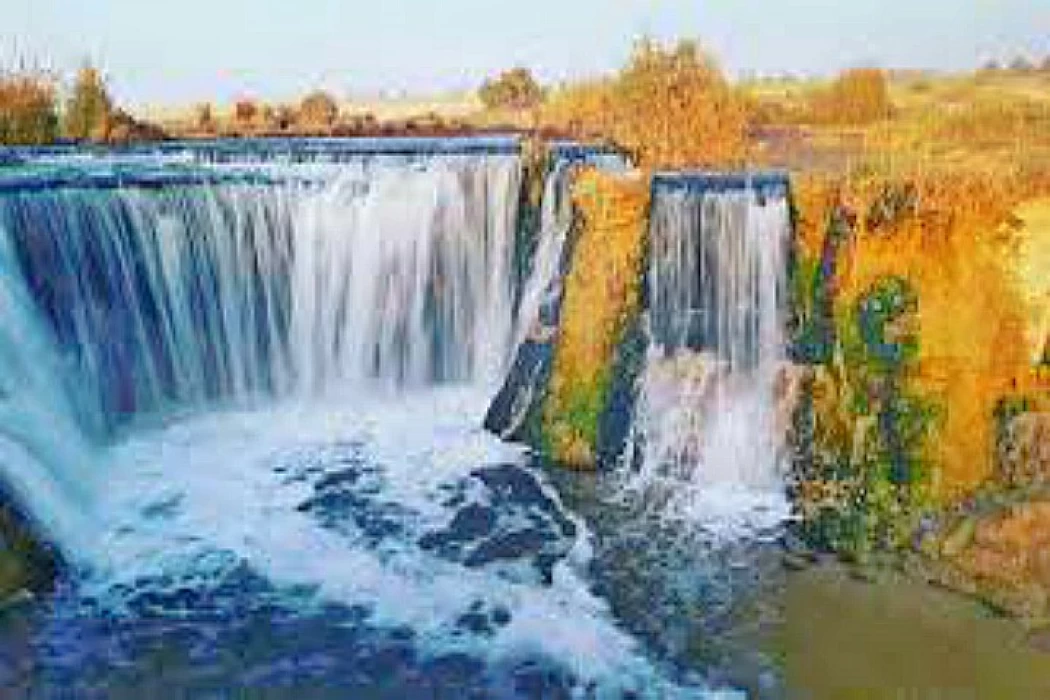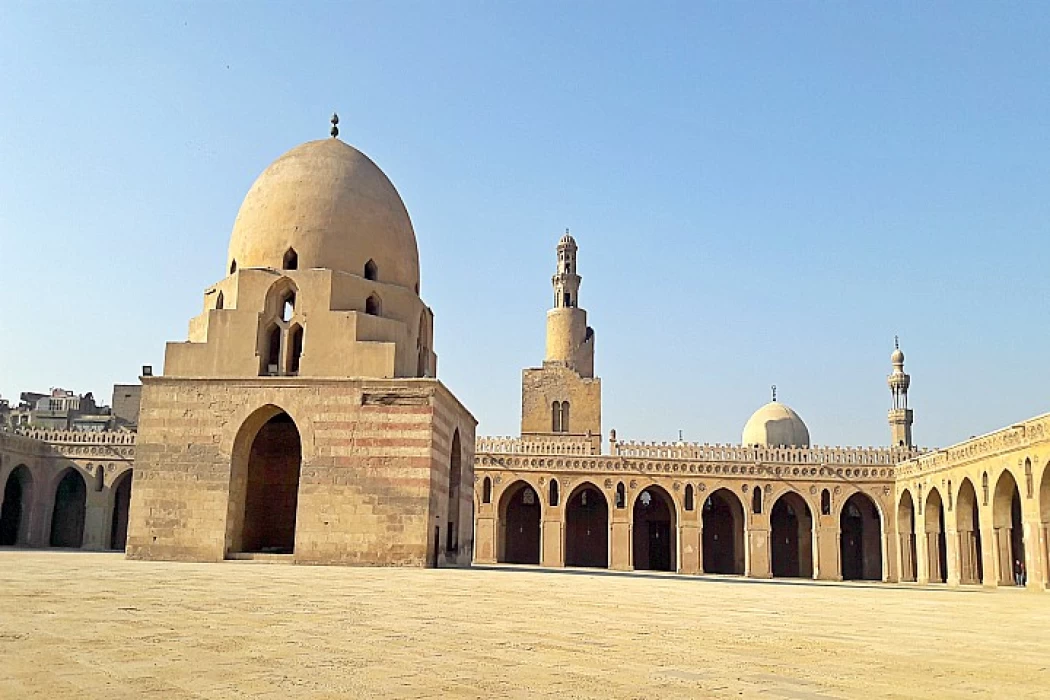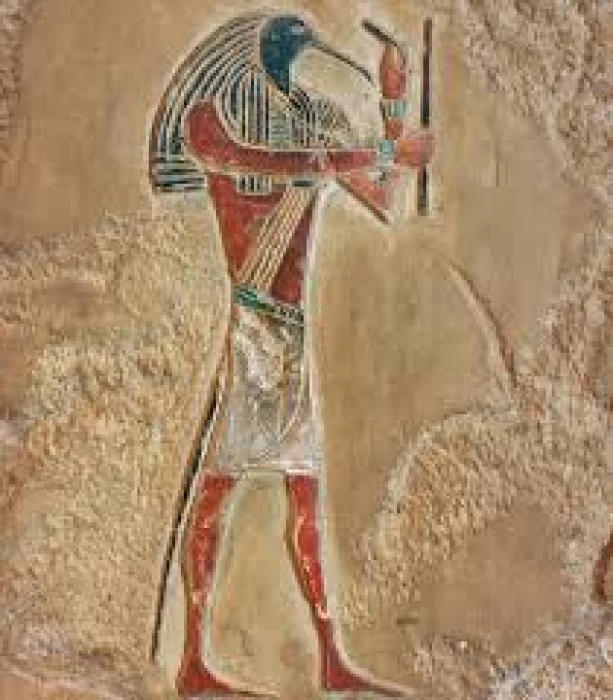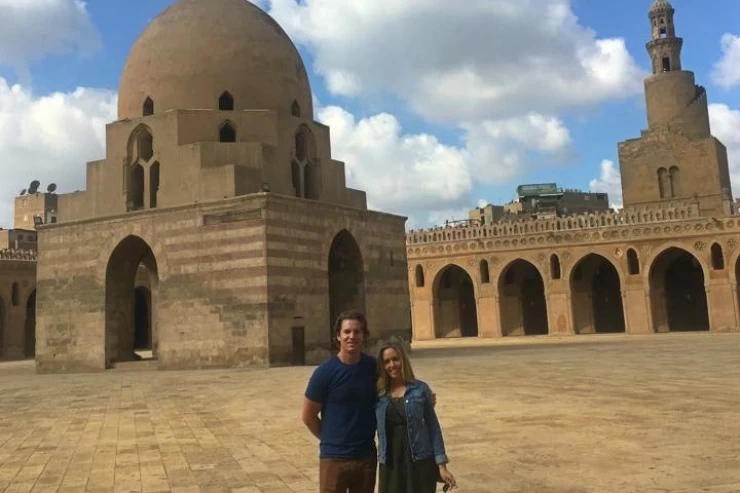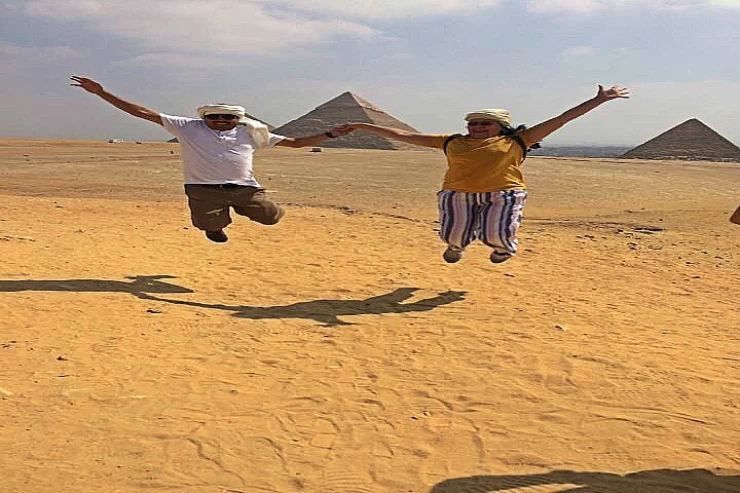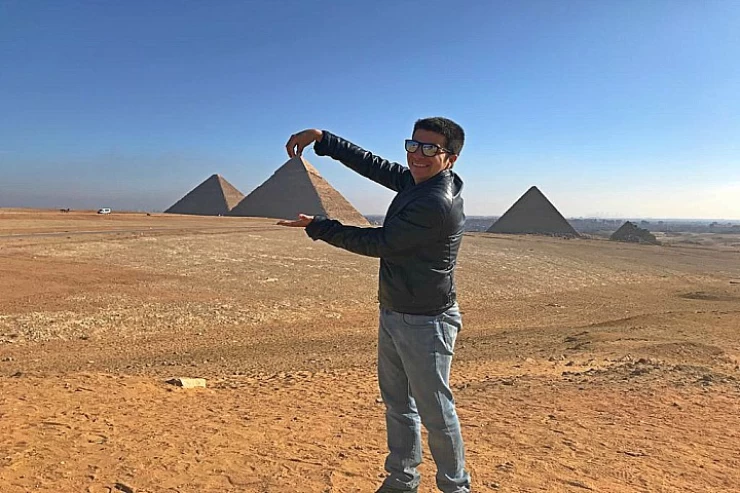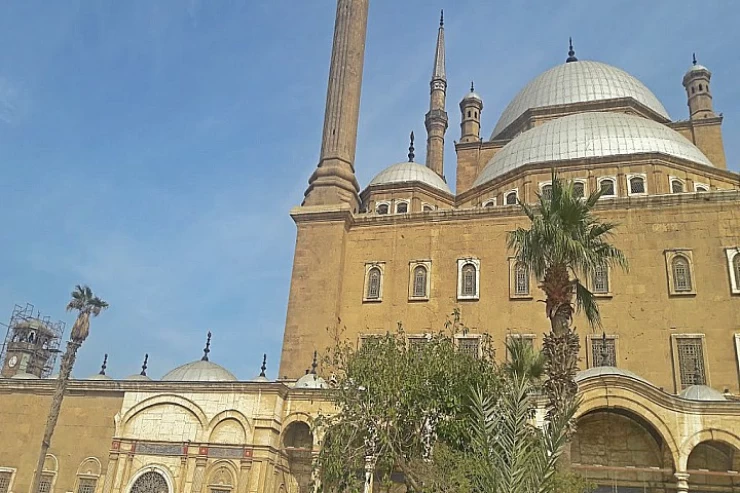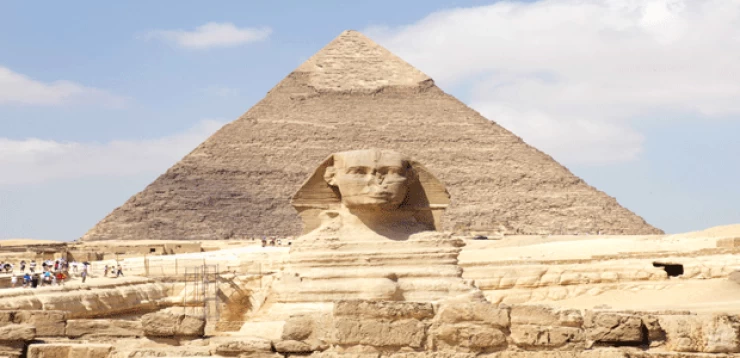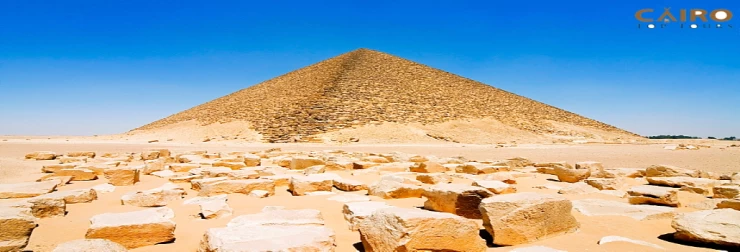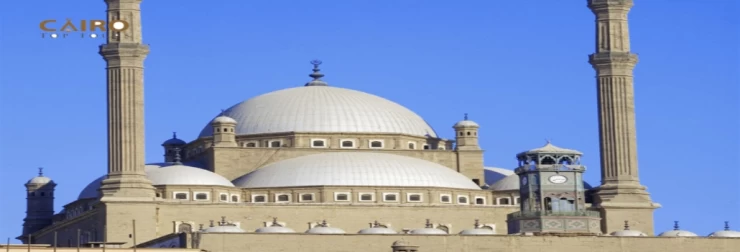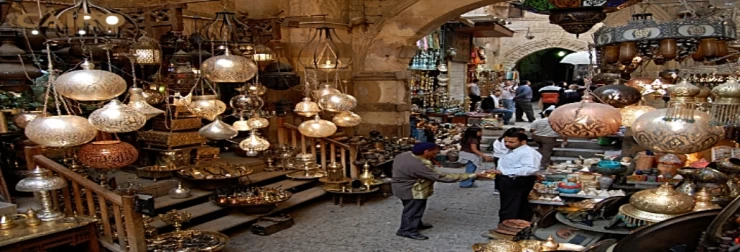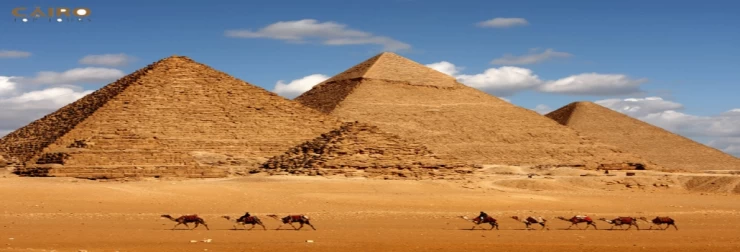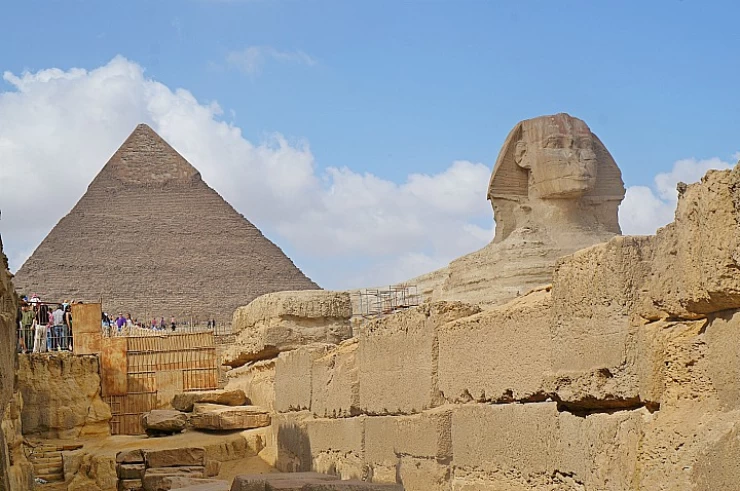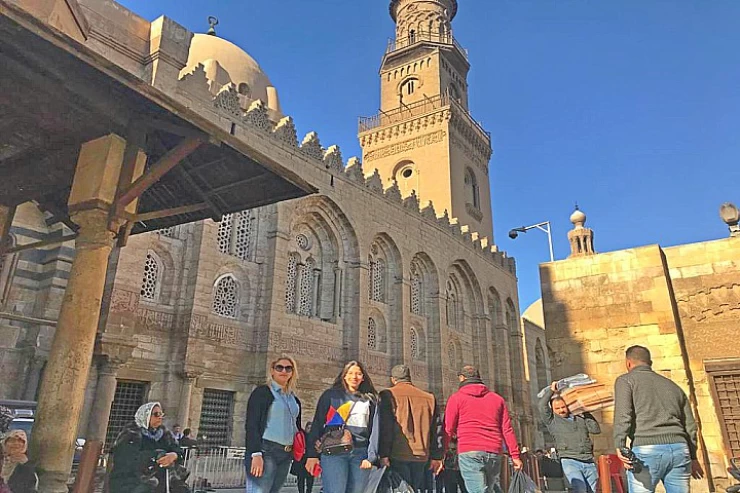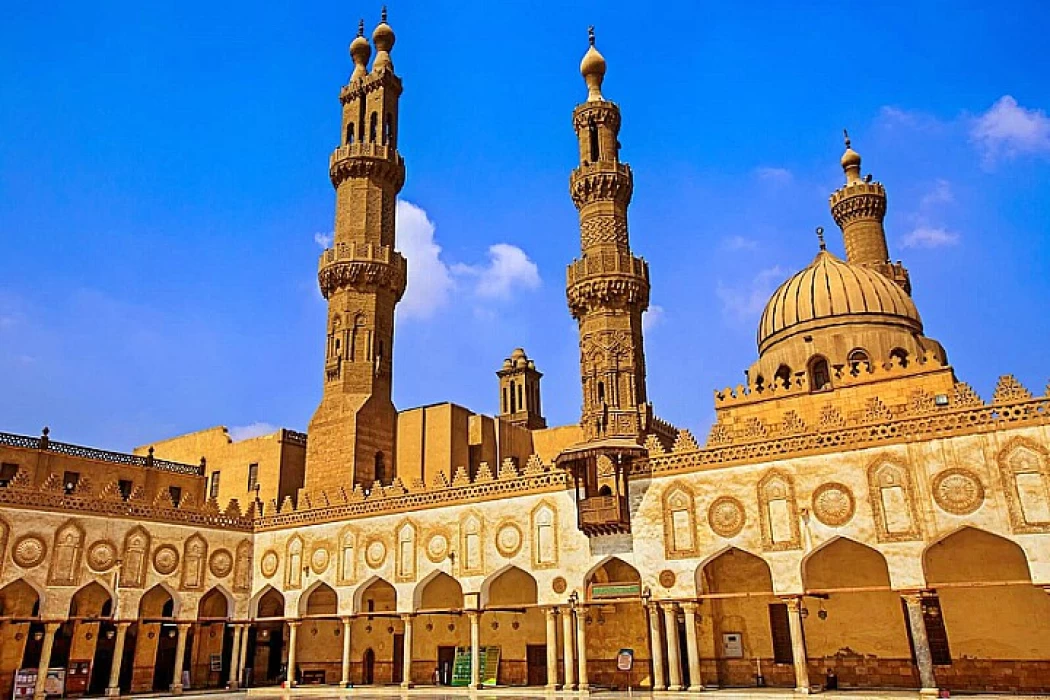
Islamic Cairo
Islamic Cairo
Islamic Cairo is the current capital of Egypt, also called the Cairo of Al-Moez after Al-Moez Din Allah Al-Fatimi. There have been several developments in recent centuries, and the word Islamic Cairo does not mean the presence of Muslims only; this word means that these areas include a lot of Islamic heritage and antiquities, and these are characterized by old architecture in the Islamic style.
For example, there are mosques, tombs, and citadels dating back to the Middle Ages, and Cairo is considered one of the oldest Islamic cities in the world, but it is different from other cities such as Giza and Luxor, which include Pharaonic heritage such as temples, pyramids, and others.
History of Cairo
The early eras of Islam
As we know, Islam entered Egypt during the reign of Amr ibn al-As, but in this period, Alexandria was the capital of Egypt, as it was the first defense site of Egypt since the Ptolemaic eras, but the Arabs decided to change the capital to another region, and they chose an area near the Babylonian fortress and called it Al-Fustat.
They chose that area for several reasons; for example, it is far from the attacks that come from the Mediterranean Sea and the privileged location of the city of Fustat on the coast of the Nile River, which was the center of the state, and to this day the Nile River is considered the backbone of the Egyptians. Finally, after Amr bin al-Aas entered, he ordered the construction of a mosque that is the oldest in Egypt and Africa; this mosque has his name and still exists in the Old Egypt area near the Hanging Church.
If you come to Egypt, you will always find this tradition of having mosques near churches, which is a sign of peace in Egypt among all the Egyptians.
Umayyad and Abbasid eras
Egypt was controlled by the Umayyad state, whose capital was Damascus, which was founded by Muawiya ibn Abu Sufyan, who ruled for a long time.
During his rule, a struggle broke out between him and Amr ibn Al-Aas, but after that, his son took the throne and built many places, like the Diwan Al-Khatam. But after the death of Yazid ibn Muawiya ibn Sufyan, the state retreated and weakened, and a struggle for the throne took place between Abdullah Zubair and Abdul Malik ibn Marwan, and the second won and stability returned to the state again.
They entered Egypt in this era and remained in it until the last Umayyad king, Marwan II, who was defeated by the Abbasids and ruled Egypt, so the city of Fustat was changed to Al-Askar as the capital of Egypt at that time until a Turkish commander named Ahmed bin Tulun came to conquer Egypt and take absolute rule over Egypt, and Egypt became an independent country again after hundreds of years since the Roman civilization.
However, Ahmed ibn Tulun took control of Egypt on his own and made his capital Al-Qata'a near the city of Al-Askar. This ruler was interested in architecture, and he built hospitals, schools, and mosques like the Ahmed ibn Tulun Mosque, which still exists to the present time.
Fatimid era
In the Fatimid era, Egypt was an Abbasid state, but Tunisia was at the time ruled by Al-Moez Din Allah, and he ordered the commander Gohar Al-Suqali to open it, and Egypt then became a Fatimid state. Al-Moez established a new city to be the center of government in Egypt, which is the city of Cairo, so they called it Cairo Al-Moez after the ruler who built it, as Al-Moez built two palaces and called the space between them the name between the two palaces, which includes Al-Azhar Mosque, to which all Muslims from all over the world come.
To learn everything related to the Islamic religion, it is an important Islamic cultural center in Egypt, Africa, and also the entire Middle East, and the city of Cairo in the Fatimid era was not entered by anyone except state officials and emirs, unlike today, anyone can enter it. Al-Moez also built a street in his name, as he built two gates on the north and south sides, but the most famous of them is Bab Zuwayla, which is one of the oldest gates in the Islamic eras.
The Fatimid era became a time of prosperity until the Crusaders came and occupied Jerusalem. They became a great danger to Egypt until Prince Imad al-Din Zinki entered into many conflicts with them, then they occupied Egypt, and the Crusaders entered Cairo, and many bad things happened, like the fire of the city of Fustat, which was a vital point in which history changed until Salah al-Din Ayyubi came and drove them out of Egypt, and Egypt returned to dominance again and started a new chapter in Egypt in the Ayyubid era.
The Ayyubid, Mamluk and Ottoman eras
Egypt, in the Ayyubid era, was one of the strongest and most fortified countries on the Mediterranean Sea coast, where Saladin built citadels to be an important defense position for Egypt and the Egyptians against the Crusader danger.
The most important of these constructions for Salah al-Din is the citadel on Mount Muqattam, and he continued to fight the Crusaders and protect Cairo until he died without realizing his most important dream, which was the liberation of Jerusalem.
The Ayyubids ended, and then a new era came the Mamluk era, and they followed the Sunnis, unlike the Ayyubids, who followed the Shiites. So many things were changed in their era, such as the Azhar Mosque, which they made into the largest center for teaching the Quran in the world.
The Mamluk era lasted for a long time until the famous battle in Ain Jalut against the Mongols and the end of the crusader threat permanently. King Al-Nasser came and ruled, and Cairo became, at that time, a city and a large center. In the 14th century, a disease called the plague came and killed everyone until it ended after a long time. Despite that, Cairo remained a large city in which they built many places, the most important of which is now Khan Al-Khalili, which was one of the most important Egyptian bazaars and even today is an important tourist place to which tourists visit a lot during the year.
In the Ottoman era, Cairo remained an important center for the Ottoman Caliphate and was also an important center for going on pilgrimage, but they did not care much about architecture, as it was always following in the footsteps of the Mamluks in their buildings, but they built few buildings until the golden period of Egypt came, which is the rule of Muhammad Ali Pasha.
In the era of Muhammad Ali and the Khedives
Before the rule of Muhammad Ali, the French expedition entered Egypt and stayed for several years, but an Ottoman officer came from Albania and was able to rule Cairo and was able to make Egypt an independent country despite all the wars and invasions, and Muhammad Ali began building many buildings, as he demolished many buildings of the Mamluks to build his mosque, which is called the Muhammad Ali Mosque.
After him came the Khedives, and they started building many of the huge construction projects that exist until now. They were interested in foreign trade; for example, Khedive Ismail started the Suez Canal project and started building a new city that mimics European cities, and over time, the place of the caliphate was moved from the castle, which lost its importance at the time, to Abdeen Palace, this period continued to go through many historical events until it reached the Cairo that exists today.
The most important tourist places in Islamic Cairo
This city was also home to the construction of many mosques, among them Ahmed ibn Tulun Mosque, Amr ibn al-Aas Mosque, Al-Azhar Mosque, and Muhammad Ali Mosque.
Various tombs were also constructed, among them the tomb attached to the Hussein Mosque, which is claimed to contain the head of Hussein ibn Ali ibn Abi Talib, one of the Rashid caliphs, the grave of Muhammad ibn Idris al-Shafi'i, and the mosque of Sayyida Zaynab.
They built gates like Bab Zuwayla and Bab al-Nasr that stood north and south of Cairo, Bab al-Barqiya being another from the Ayyubid era, the citadel of Salah al-Din al-Ayyubi, and countless bazaars like Khan al-Khalili-the most famous among them all.
Latest Articles
Admin
The Graeco-Roman Museum
The Greco-Roman Museum of Alexandria is Egypt's most important archaeological museum, displaying a wide and impressive array of antiquities of the Roman and Greek periods, a testament to Alexandria as a hub of culture and civilization in the ancient world.
Admin
Temple of Khnum
The Temple of Khnum in Esna is a great religious monument that stands as a living record of the excellence of Egyptian artists and priests during the Ptolemaic and Roman eras and should attract every lover of Egyptian history and civilization.
Admin
Beni Hassan Tombs
The tombs of Beni Hassan are among the most prominent evidence of the greatness of ancient Egyptian civilization, as they reflect the Egyptians' mastery of architecture and sculpture, as well as the minute details documenting aspects of their daily life and religious beliefs. These tombs, which date back to the Middle Kingdom, are not just burial sites but archaeological treasures that reveal the nature of Egyptian society at the time as well as its political and economic relations.
Admin
Wadi El Rayan
Wadi El-Rayan is one of the most important natural tourist attractions in Egypt, especially in Fayoum, where there are many wonderful places such as waterfalls and springs for medical tourism, as well as mountains for safari and camping.
Admin
Muslim Conquest in Egypt
Egypt became part of the Islamic world and played a pivotal role in Islamic and Arab history. The conquest had a different aspect than many conquests, as it was characterized by organization and negotiation, as well as military power.
Admin
God Thoth
Thoth served as the spiritual representation in Egyptian mythology whose divine nature embodied reason as well as justice and eternal wisdom. The legacy from Thoth spread throughout thinking, religion and science, thus preserving his name in Egyptian and Greek philosophical works.
